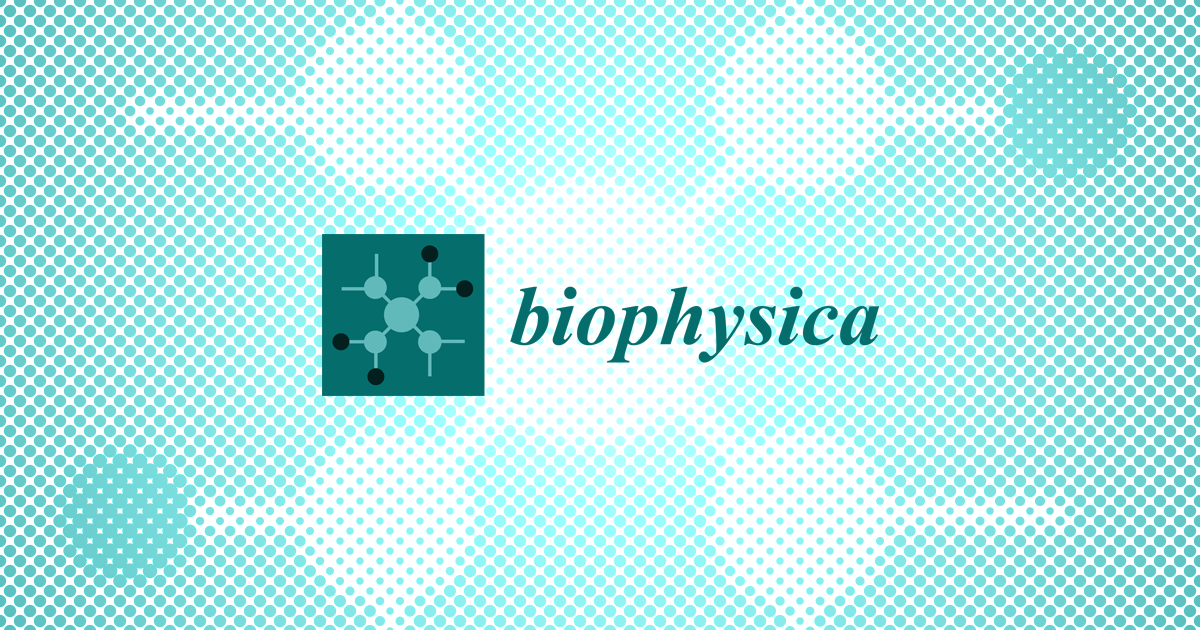Biophysica, Vol. 4, Pages 619-634: A Fluorescent Perspective on Water Structuring: ACDAN in Salt Solutions and Hydrogels
Biophysica doi: 10.3390/biophysica4040041
Authors:
Giuseppe De Luca
Vittorio Ferrara
Bruno Pignataro
Valeria Vetri
Giuseppe Sancataldo
The interactions and structural organization of water molecules play a crucial role in a wide range of physical, chemical, and biological processes. The ability of water to form hydrogen bonds (H-bonds) underpins its unique properties and enables it to respond dynamically to various environmental factors. These interactions at the molecular level may affect vital processes like protein folding, enzyme activity, and cellular organization. The presence of solutes and spatial constraints can alter the H-bonding network of water, and these effects are ubiquitous in the biological environment. In this study, we analyzed the fluorescence of 2-acetyl-6-(dimethylamino)naphthalene (ACDAN) fluorescence emission in water solutions containing kosmotropic and chaotropic salts and in agar hydrogels. Recently, this dye has proven invaluable in studying water network structure and dynamics, as its fluorescence signal changes based on the local dielectric environment, revealing variations in the dipolar relaxation of water. Our results show that ACDAN spectral response correlates with the degree of water ordering, providing important insights into solute–water interactions and water dynamics in free and confined environments.
Source link
Giuseppe De Luca www.mdpi.com

